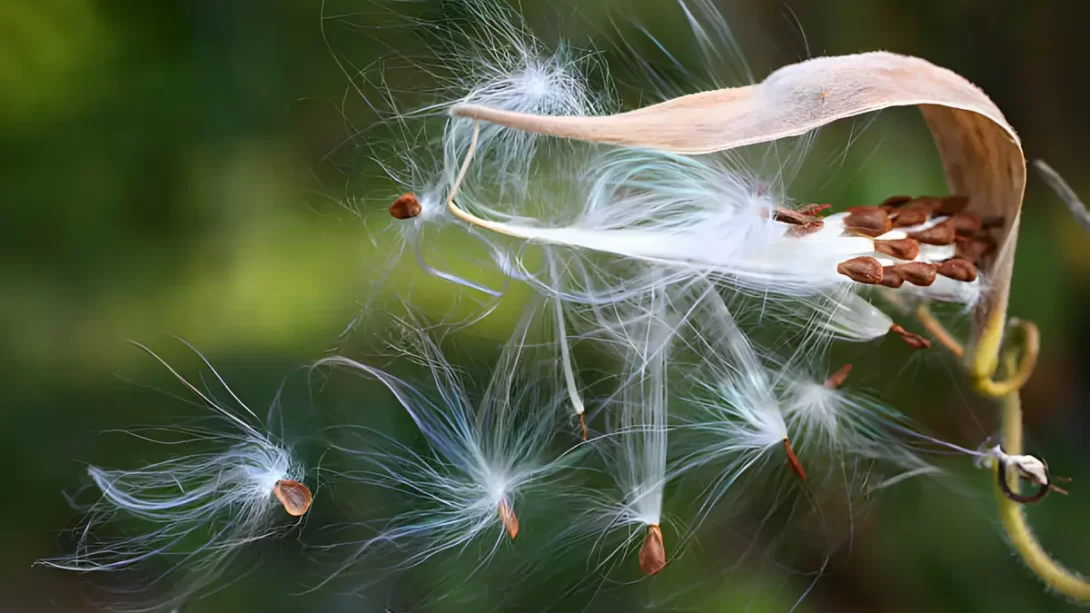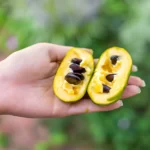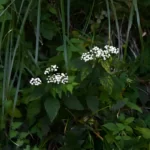Milkweed, a crucial plant for monarch butterflies and other pollinators, has gained significant attention for its environmental importance. Planting milkweed in the fall offers several benefits, including giving the seeds time to naturally stratify in winter, leading to stronger spring growth. This article outlines the steps for successfully planting milkweed seeds in the fall, ensuring a vibrant and beneficial addition to your garden.
Milkweed and Its Lifecycle
Milkweed comes in various types, each adapted to different regions and climates. Common species include Asclepias syriaca (common milkweed), Asclepias tuberosa (butterfly weed), and Asclepias incarnata (swamp milkweed). Understanding the specific growth cycle of the milkweed you choose is crucial for successful planting. Typically, milkweed plants go dormant in winter and germinate in spring. They play a vital role in local ecosystems, especially as a food source for monarch butterfly caterpillars.
Preparing for Planting
Start by selecting the right milkweed species for your area. Local native plant societies or gardening centers can offer advice on the best species for your region. The planting site is equally important; milkweed thrives in areas with full sun and well-drained soil. Prepare your planting site by clearing it of weeds and other debris. If your soil is poor, consider incorporating organic matter to improve its quality. This preparation ensures that your milkweed seeds have the ideal conditions to germinate and grow.
Seed Collection and Preparation
If you already have milkweed plants, you can collect seeds from the dried pods in late summer or early fall. Alternatively, seeds can be purchased from reputable nurseries or conservation organizations. Milkweed seeds require cold stratification to break dormancy, which mimics the natural process of winter cold. To prepare your seeds for fall planting, you can simulate this stratification process by refrigerating the seeds in a moistened paper towel inside a plastic bag for several weeks before planting.
Planting Milkweed Seeds
Fall planting of milkweed seeds is a straightforward process that encourages natural stratification and robust spring growth. Here are the steps:
- Sowing Seeds: Once your planting site is prepared, scatter the milkweed seeds over the surface. Since milkweed seeds need plenty of light to germinate, avoid burying them deeply in the soil. A light covering of soil or simply pressing them into the ground is sufficient.
- Seed Spacing: If you’re planting multiple seeds, space them about 18 inches apart. This spacing allows enough room for each plant to grow without overcrowding, ensuring adequate air circulation and reducing the risk of disease.
- Watering: After sowing, gently water the area, ensuring the soil is moist but not waterlogged. Consistent moisture is key to successful germination, so water the seeds regularly if there isn’t sufficient rain.
Post-Planting Care
Proper care after planting is crucial for the successful establishment of milkweed:
- Mulching: Applying a light layer of mulch can help retain soil moisture and regulate temperature. Mulch also helps suppress weed growth that could compete with the young milkweed plants.
- Winter Protection: In regions with harsh winters, a thicker layer of mulch can provide additional protection for the seeds. This mimics the natural insulation they would receive from fallen leaves in their native habitats.
- Watering Schedule: Keep the soil consistently moist throughout the fall. As winter approaches, reduce watering since the seeds will be in a dormant state.
Monitoring and Maintenance
As winter transitions into spring, keep an eye on your planting site for milkweed seedling emergence. Here’s how to ensure healthy growth:
- Identifying Milkweed Seedlings: Familiarize yourself with what milkweed seedlings look like, as they can be mistaken for weeds. Typically, the first leaves (cotyledons) are round, and true leaves are more elongated with a characteristic milkweed shape.
- Thinning Seedlings: If your seeds were sown densely, you might need to thin the seedlings. This process involves carefully removing some seedlings to provide enough space for others to grow. Aim for spacing about 18 to 24 inches apart, depending on the milkweed species.
- Ongoing Care: As the seedlings grow, continue to water them regularly, especially during dry periods. Weeding around the plants helps reduce competition for nutrients and water. Be gentle as milkweed roots can be sensitive to disturbance.
Dealing With Pests and Diseases
While milkweed is generally hardy, it’s still susceptible to pests and diseases. Keep an eye out for common issues like aphids and treat them promptly with non-toxic methods like horticultural oils or insecticidal soaps. Avoid using harsh chemicals, as they can harm the pollinators milkweed attracts.
The Rewards of Planting Milkweed
By late spring or early summer, you should see your milkweed plants beginning to flourish. These plants not only add beauty to your garden but also play a crucial role in supporting monarch butterflies and other pollinators. Your effort in planting and nurturing milkweed contributes significantly to biodiversity and the health of the ecosystem.
Conclusion
Planting milkweed seeds in the fall is a simple and effective way to support local wildlife and add a unique touch to your garden. By following these steps, you create an ideal environment for these essential plants to thrive. Patience and regular care will reward you with the sight of flourishing milkweed and the vibrant activity of pollinators it attracts. Embrace the opportunity to make a positive impact on the environment, one seed at a time.



